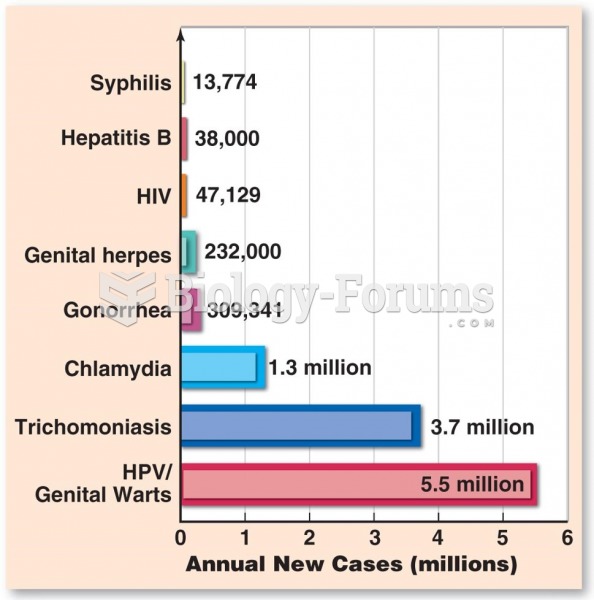Answer to Question 1
The belief that an organized community of power would be more effective in
preserving peace than shifting alliances aimed at balancing power served as a
foundation for these proposals.Like the League, the United Nations was established to
promote international peace and security after a gruesome world war. The goal was to
construct, in the words of U.S. President Harry Truman, a permanent partnership
among the peoples of the world for their common peace and common wellbeing.. The
architects of the United Nations were painfully aware of the League's disappointing
experience with collective security. They hoped a new structure would make the
United Nations more effective than the defunct League. To the disappointment of its
advocates, the League of Nations never became an effective collective security
system. It was not endorsed by the United States, the very power that had most
championed it in the waning months of World War I. Moreover, its members
disagreed over how to define aggression, as well as how to share the costs and
risks of mounting an organized response to potential aggressors.
Answer to Question 2
The logic underlying the wellknown Prisoner's Dilemma illuminates the
circumstantial barriers to international cooperation that exist among distrustful
transnational actors. To illustrate, imagine that two suspects following an armed
robbery are taken into police custody and placed in separate cells by the district
attorney, who is certain that they are guilty but only has sufficient evidence to convict
them on an illegal weapons charge. The district attorney tells both prisoners that there
are two choices: confess to the robbery or remain silent. If one prisoner confesses and
the other doesn't, he will be given immunity from prosecution for providing evidence,
whereas his accomplice will get a sentence of 10 years in prison. If both confess, they
will be given a reduced sentence of five years. If neither confesses, they each will be
convicted on the weapons charge but serve only six months in prison.







